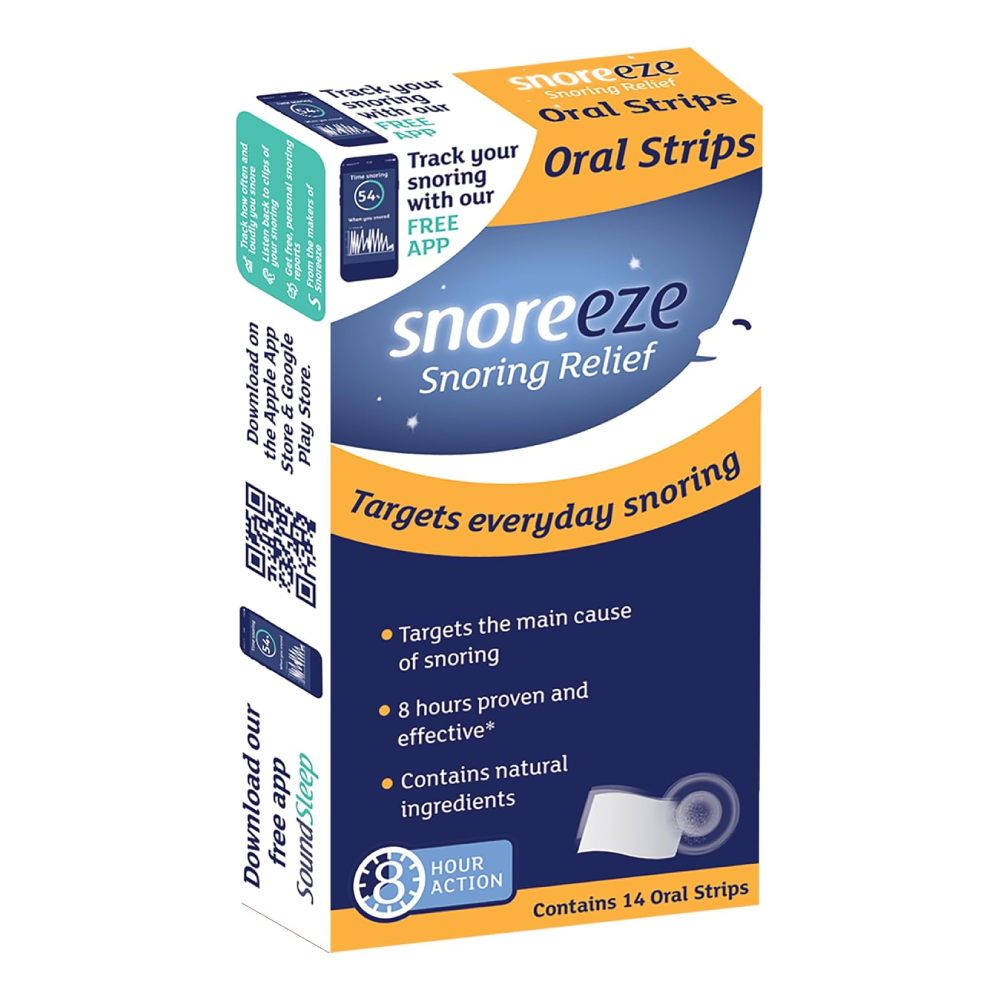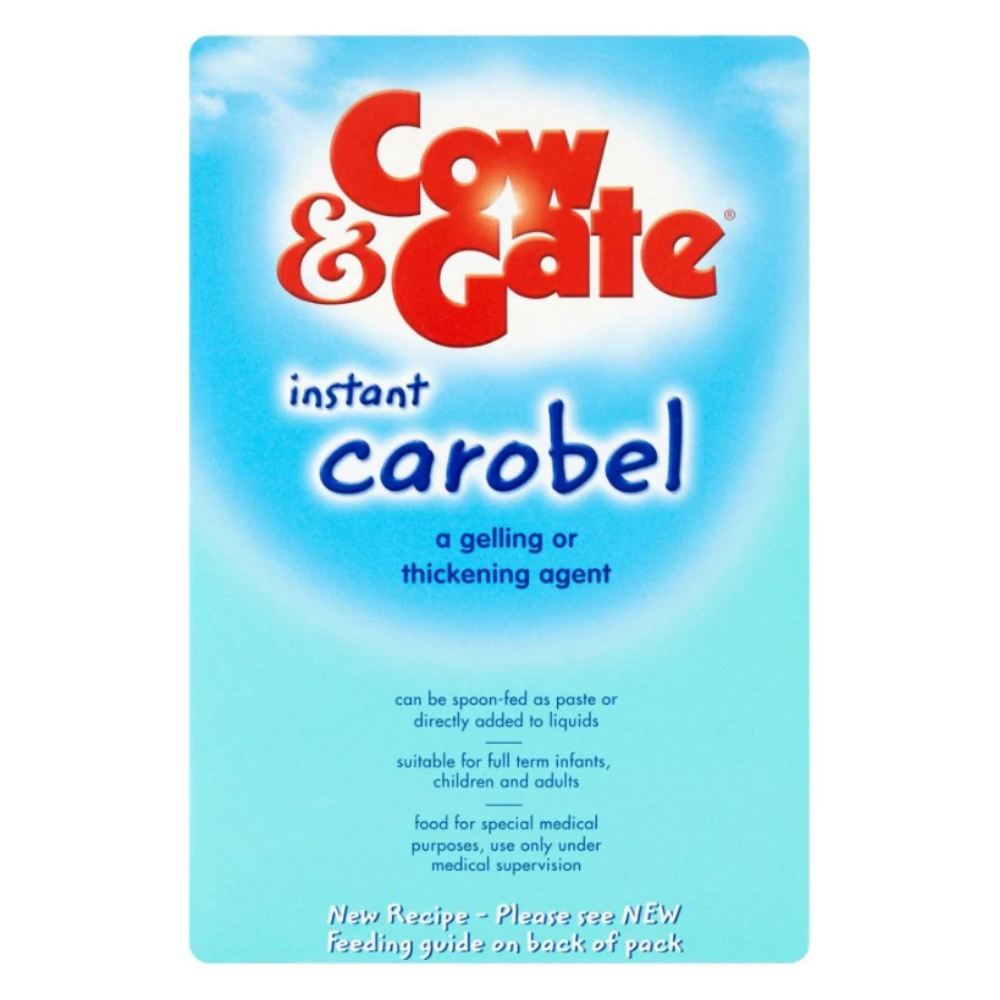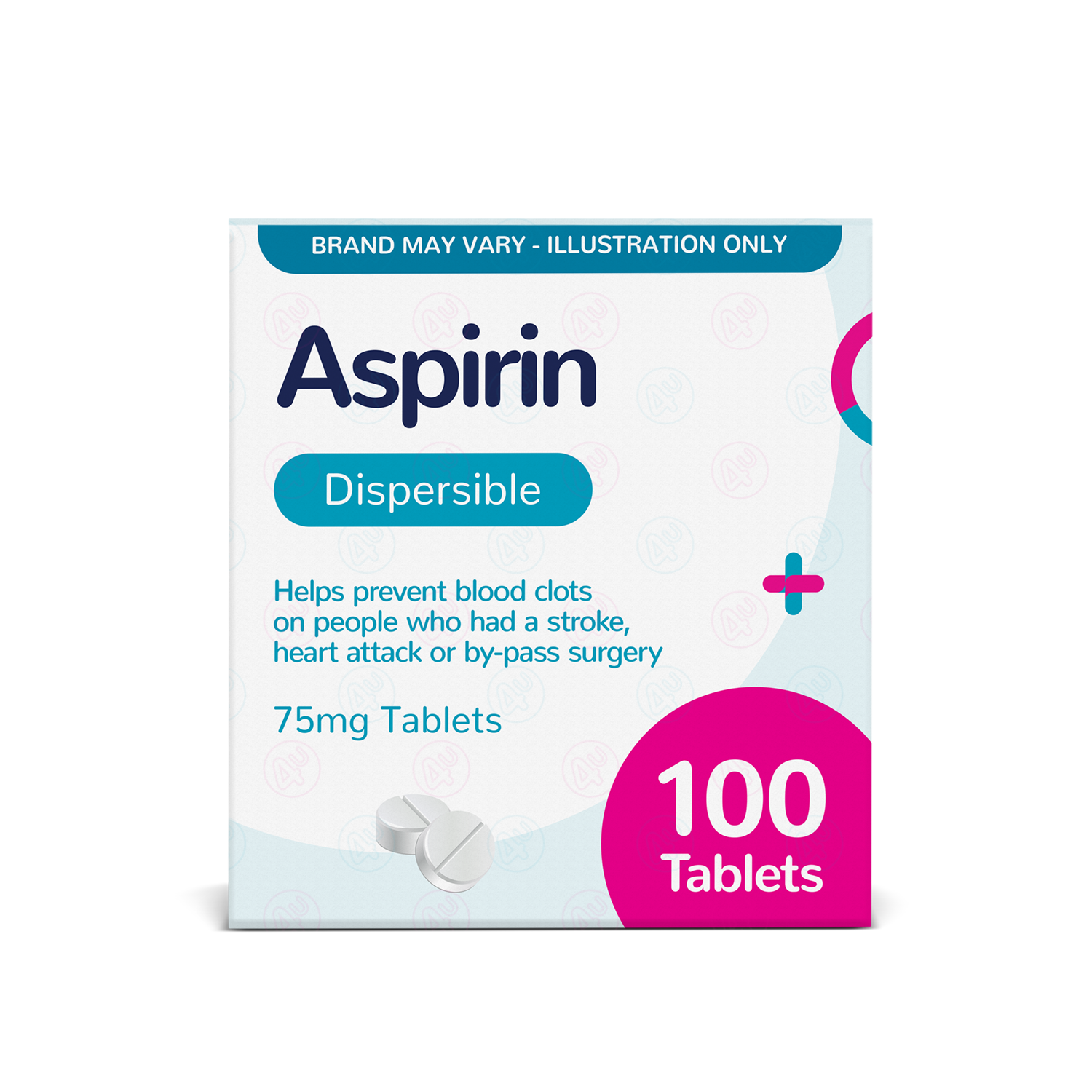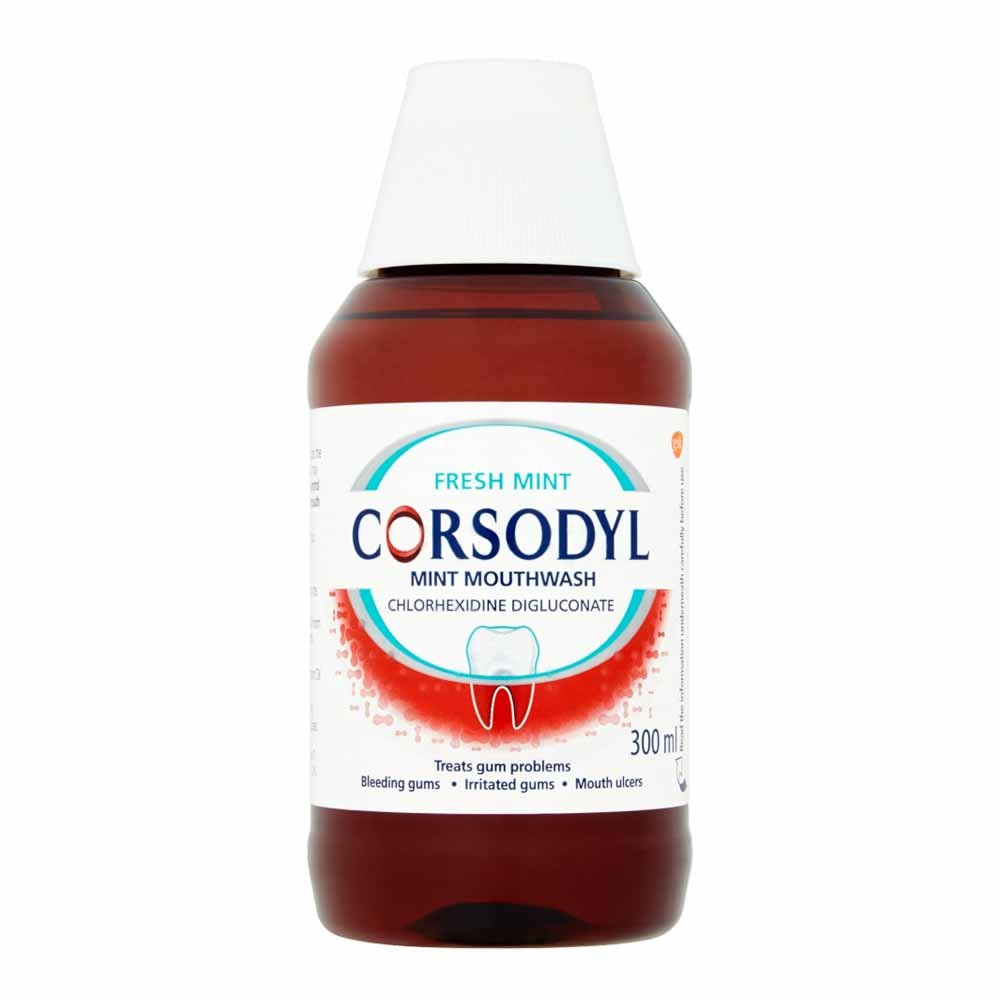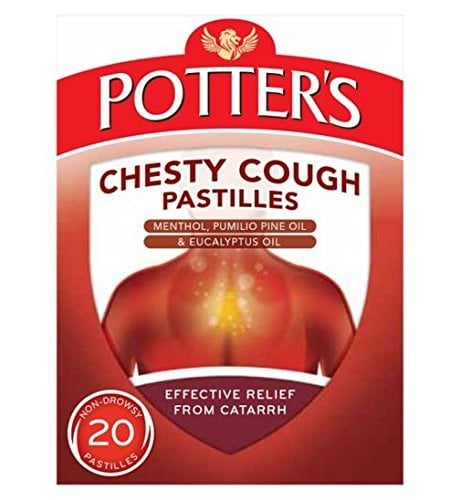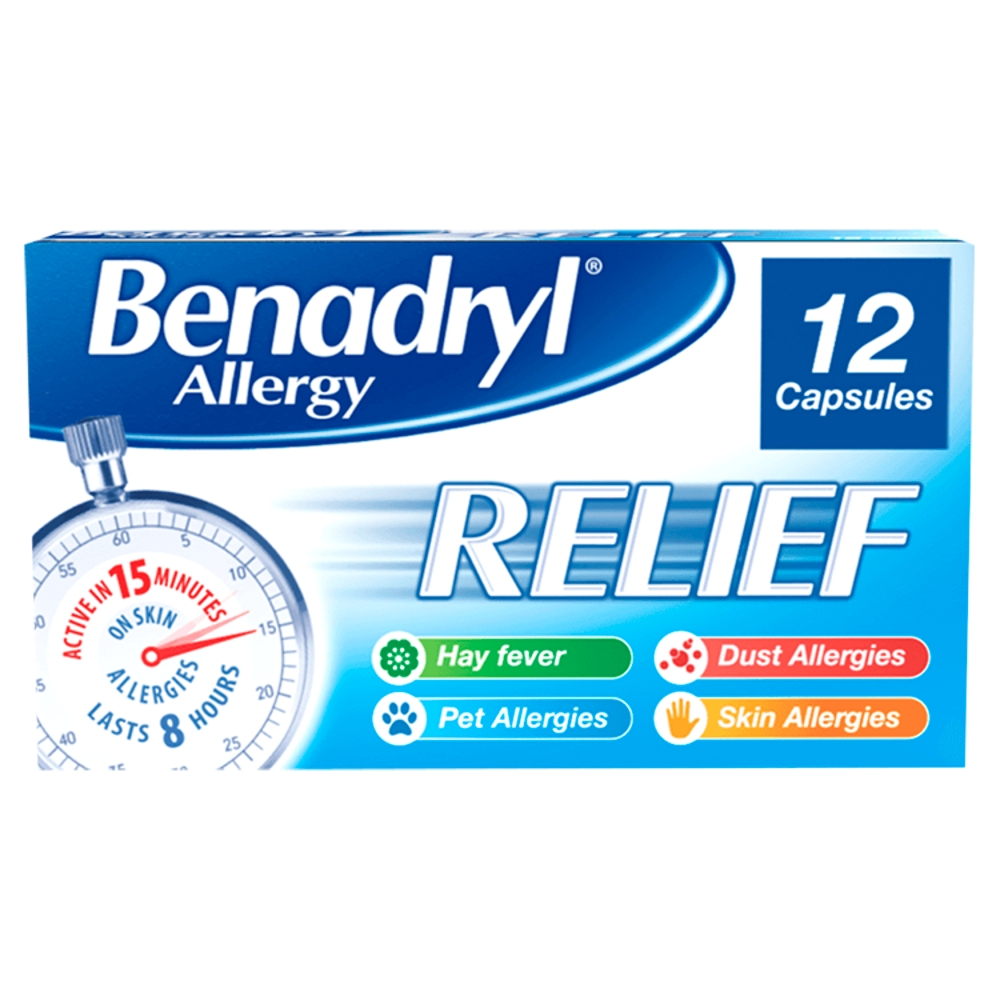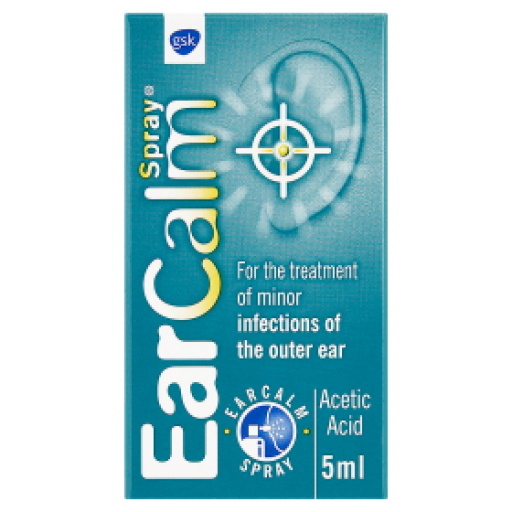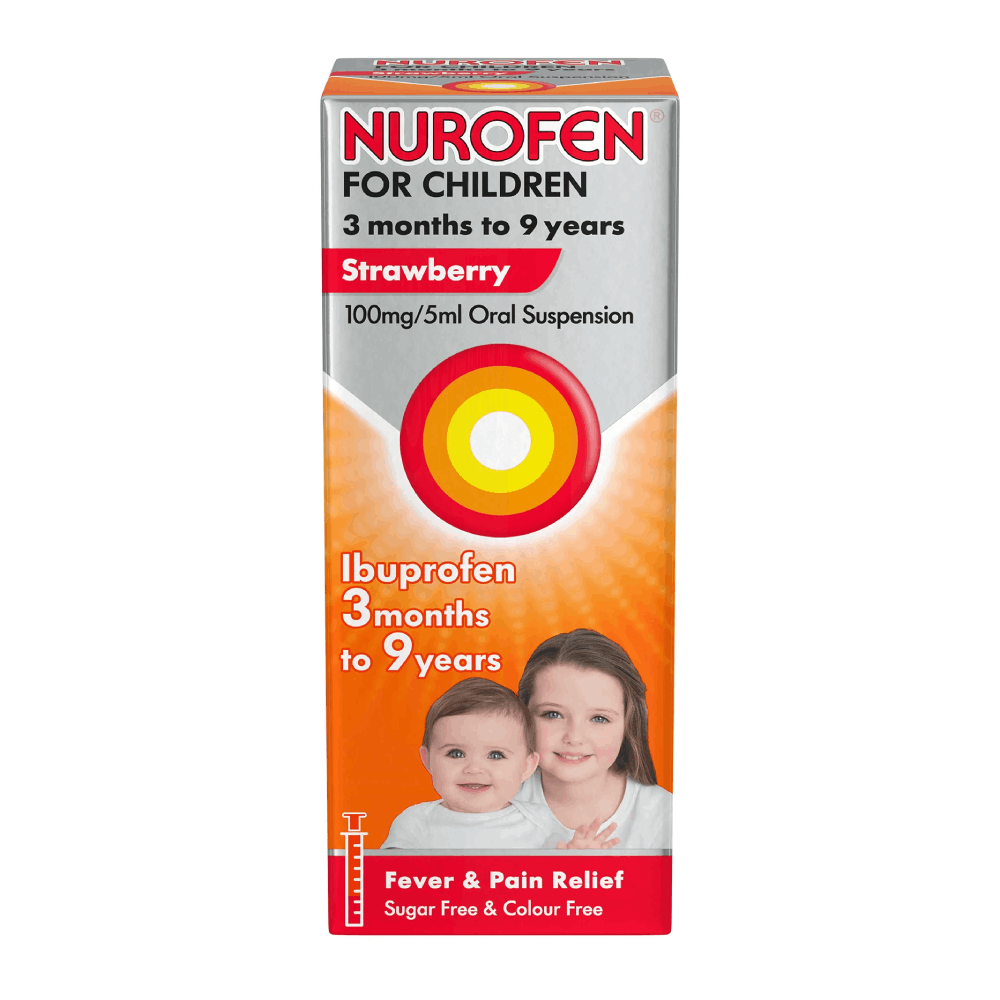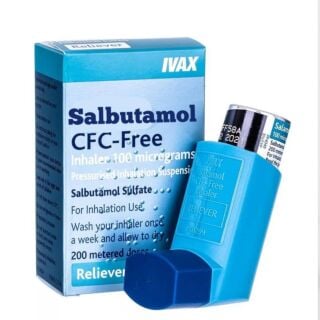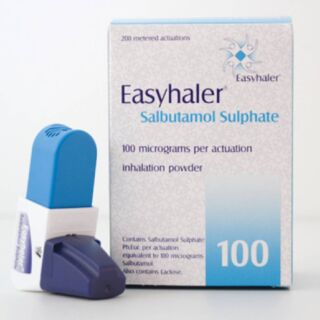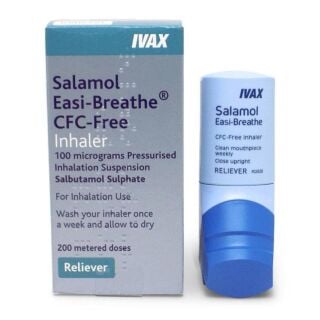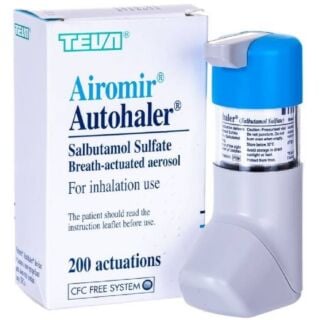Asthma
While it’s a minor nuisance for some, it can be a significant interference for others. Asthma affects nearly 4 million people in England alone, according to the latest asthma statistics. While it can’t be cured, it can be effectively managed with the right treatment and care. … Read More See less
While you'll need to speak to your GP for a personalised asthma action plan, we can prescribe it via our online clinic if you have asthma and require a reliever (blue) inhaler.
What is asthma?
Asthma is a breathing disorder that causes the airways to narrow and swell and, in some cases, produce extra mucus[2]. This can cause great difficulty breathing for those affected and trigger coughing, whistling, or wheezing when breathing, as well as shortness of breath.
Can asthma be cured?
There is no cure for asthma; however, it can be managed with some of the treatments listed below. As asthma can change over time, it’s important to continue to speak with your doctor to track your signs and symptoms.
What is an asthma attack?
An asthma attack is a sudden worsening of asthma symptoms that usually requires urgent treatment. Symptoms often include wheezing, tightness in the chest, and difficulty getting enough air, while severe attacks can consist of sweating, difficulty speaking, and gasping for breath.
Is an asthma attack dangerous?
They can potentially be life-threatening if severe, but can be avoided if symptoms are managed and controlled. If a severe attack does not get better, then you may need to be treated in a hospital, with treatments there including:
- Oxygen through a mask
- A nebuliser - this helps you breathe in high doses of medicine
- Steroid tablets or injections
How to treat an asthma attack
If you are having an attack, it’s best to sit up straight to help your breathing and attempt to stay calm. If a blue reliever inhaler is available, the NHS advises using one puff every 30-60 seconds until you feel better, with a maximum of 10 puffs.
You should contact emergency services if you are having an attack and:
- You start to feel worse at any time
- You do not have an inhaler
- You do not start to feel better after taking the maximum dose with the reliever inhaler
It’s very important to attempt to avoid triggers in an attempt to prevent asthma attacks.
What causes asthma?
The exact causes of asthma are still not known and can be different for each person. Despite this, we know it usually develops during childhood[3].
This is because the body’s defence system is still being formed and may react strongly to germs and illnesses that introduce new substances to the lungs.
Some people may not show signs until they are an adult, which is known as adult-onset asthma.
Here are a few possible factors that are believed to cause asthma:
- Allergens - These environmental things affect you as a baby or young child, such as cigarette smoke and certain germs
- Family history - Having parents already diagnosed can increase your likelihood of getting asthma by up to six times[4]
- Viral infections
Asthma triggers
Asthma may be triggered by different things, including:
- Exercise
- Cold air
- Tobacco smoke
- GERD
- Depression or anxiety
- Emotional stress
Who is more likely to have asthma?
Whilst asthma is much more common in young children, some things can increase your likelihood of developing the condition. These include:
- Allergies - Asthma tends to be a type of allergic reaction, so people with asthma often have other allergies, such as food or pollen
- Obesity - Being overweight can raise your risk of developing asthma or worsen your symptoms, such as making it more difficult to breathe
- Sex - More boys than girls have asthma in children; however, in adults, it’s more common among women[5]
- Climate - Air pollution and changing weather contribute to exposure to allergens
Asthma symptoms
The main symptoms of asthma are related to any difficulties with your breathing, such as:
- Wheezing
- Coughing
- Shortness of breath
- Your chest feeling tight
Symptoms can be mild or severe, usually coming or going and worse at night and early morning.
When to contact your GP
You should contact your GP for an urgent appointment if you have recently had an asthma attack and recovered. Even if you feel better, it’s important to see a GP within two days to discuss treatment and get advice to prevent another attack.
How is asthma diagnosed?
Do I have asthma, or am I unfit?
As exercise is a common trigger for asthma, it can be hard to tell the difference between exercise-induced asthma (EIA) and being out of shape. A key difference between the two is that EIA is more likely to lead to coughing, with symptoms peaking after exercise (roughly 10-15 minutes after exercise ends[6]), whilst unfit people will tend to notice their symptoms rapidly improve after stopping exercise.
Breathing test (spirometer)
A simple breathing test, or spirometry, helps diagnose lung conditions and can be used to determine whether someone has asthma. The test is carried out with a spirometer, a small machine attached to a mouthpiece. You will be asked to inhale as much air as you can to fill your lungs and then breathe out in one forceful breath until you have emptied them.
This will typically need to be repeated at least three times to ensure a reliable result, and the appointment should last 30 to 90 minutes. You will not be able to get your results immediately, as they will need to be looked over by a specialist before being sent to your doctor[7].
Peak flow meter
The peak flow test measures how quickly you can blow air out of your lungs. Measuring your peak flow score (how fast you can breathe out) can indicate whether your airways have narrowed. For those already with asthma, this can measure the severity of the condition and how well your medication works.
The first time your peak flow is measured, a doctor or nurse will show you how to do this, and you may be expected to test regularly at home using your peak flow meter. This is a good way to tell if you are having an asthma attack.
How to treat asthma
When diagnosed, you’ll be supported by a care team, including a GP or nurse and sometimes a specialist doctor. They will explain how and when to use your medicines, how to monitor your asthma and ways to avoid triggers.
This will be recorded in your action plan, which you must take to all your appointments. You should have a check-up at least once a year to see how the treatment is working and that you’re correctly using your inhaler.
Asthma control test
Ran by Asthma UK, a control test shows how well your asthma has been controlled over the last four weeks. You will receive a score out of 25[8] that you can then take to your doctor or nurse, who can recommend an asthma action plan for you.
Asthma inhalers
There are many types of asthma medicines and treatments, the most common of which are inhalers. Below, we have categorised the inhalers you may be offered based on their functions[9].
Reliever inhalers
These are used to ease symptoms of breathlessness, wheeziness, and a tight-chested feeling. The medicine within a reliever inhaler relaxes the muscles in the airways, opening them wider, and symptoms ease relatively quickly.
This type of inhaler, usually (but not always) blue, contains two common medicines: salbutamol and terbutaline. In the UK, these are often sold under the brand names Salamol, Airomir, and Ventolin.
In 2024, guidelines changed to recommend that reliever inhalers should not be used alone; instead, an inhaled steroid should always be included in treatment.
Preventer inhalers
These inhalers are designed to be taken daily to help prevent asthma attacks and reduce symptoms. They usually contain a steroid medicine (inhaled corticosteroids) that reduces inflammation in your airways.
These do not provide immediate relief compared to the relievers, as the steroid can take 7-14 days to build up its effect. This inhaler aims to manage symptoms so that the reliever should almost never need to be used.
Common inhaled steroid preventers are:
- Becolometasone
- Fluticasone
- Mometasone
- Budesonide
Long-acting bronchodilator inhalers (LABAs)
These are similar to reliever inhalers, but work up to 12 hours after each dose. Medicines include salmeterol and formoterol.
If symptoms are not fully controlled, these inhalers can be added alongside a steroid inhaler, and this may be done with two separate inhalers or in a combined inhaler.
Combination inhalers
As the name suggests, these contain more than one medication, with most combinations being an inhaled steroid and a long-acting bronchodilator.
Common examples are:
- Fostair (formoterol and becolmetasone)
- Symbicort (formoterol and budesonide)
| Type of inhaler | Medication examples | Brand examples | How long until it takes effect? |
|---|---|---|---|
| Reliever | Salbutamol, terbutaline | Ventolin, Salamol | Fast-acting (within minutes) |
| Preventer | Fluticasone, budesonide, beclometasone | Flixotide, Clenil | Takes days to weeks to build up effect |
| Long-acting bronchodilator (LABAs) | Salmeterol, formoterol | Serevent, Oxis | Fast-acting (lasts for 12 hours) |
| Combination |
Salmeterol and fluticasone, |
Symbicort, Fostair | Immediate (formoterol) and long term (steroid) |
Using a spacer
These are used with pressurised metered dose inhalers (MDIs, or inhalers that you manually have to press). They are attached to the end of the inhaler and go between the device and your mouth.
Spacers increase the amount of inhaled medication reaching the lungs by up to 70%[10], allowing more local action to better manage asthma and reduce treatment side effects.
Medication
Tablets and capsules can block the effects of the immune system chemicals that cause symptoms, called leukotrienes. These can prevent symptoms for up to 24 hours, the most common example being montelukast.
Biological therapies
If your condition is severe and you experience frequent asthma attacks despite preventer therapy with steroid inhalers, you may be referred to a specialist to initiate biologic treatment either at home or in the hospital.
This treatment reduces inflammation by targeting antibodies or specific cells, and when taken with other medicines, it can help people regain symptom control[11].
Sources
[1] Fingertips | Department of Health and Social Care
[2] Asthma - NHS
[3] Asthma - Causes and Triggers | NHLBI, NIH
[4] https://pubmed.ncbi.nlm.nih.gov/9655726/
[6] Exercise-Induced Bronchoconstriction (EIB) | ACAAI Public Website
[7] Spirometry - NHS
[8] Asthma Control Test | Asthma UK
[9] Asthma Inhalers: Names and Types
[10] https://www.asthmafoundation.org.nz/assets/documents/What-is-a-spacer-fact-sheet.pdf

Free delivery when you spend over £30

100% discreet delivery for every item ordered

Fully regulated UK pharmacy
Can I use Derbac M if I have asthma?
Derbac M may be more suitable for those who have asthma than other head lice or scabies treatments, as it does not contain alcohol.
However, if you do have asthma you should speak to your doctor or pharmacist before using this product, to be sure it’s right for you.
Can I use Ibuprofen Gel if I Have Asthma?
If you have asthma you should not use ibuprofen gel, as it can worsen your asthma symptoms or cause a reaction.
If you suffer from asthma and need to use a pain relief gel or anti-inflammatory to manage muscle pain, joint pain, arthritis, or other aches and pains, speak to your doctor or pharmacist.
They’ll be able to let you know which medicine will be able to help to ease your pain while remaining safe for your asthma.
What is asthma?
Asthma is a respiratory condition which can make it more difficult for you to breathe in some situations.
When you have asthma you can experience symptoms like wheezing, breathlessness, tightness in your chest, or coughing, which can be called an asthma attack.
Asthma attacks can happen if you come into contact with a trigger, like something you’re allergic to, the cold, or smoky or polluted air.
You can also trigger asthma when you exercise or if you catch a cold or the flu.
People who have asthma often use inhalers to treat and prevent their symptoms, depending on how your asthma affects your life you may also need to take tablets.
Asthma can develop in children or adults, so if you think you’re experiencing symptoms of asthma you should speak to a doctor so they can give you a proper check-up and prescribe an appropriate treatment if you need it.



